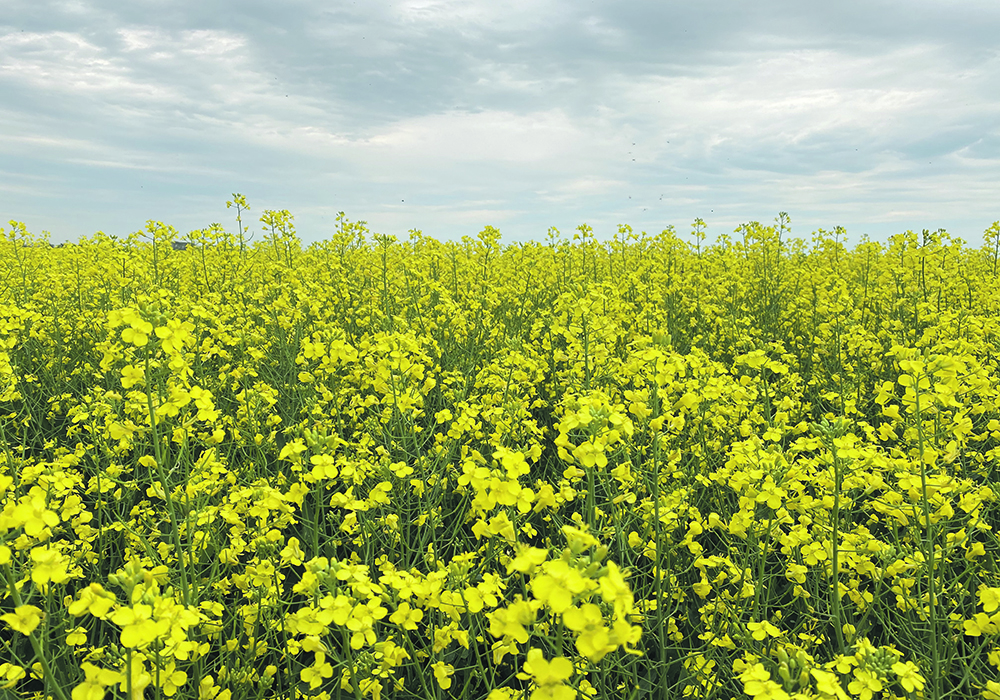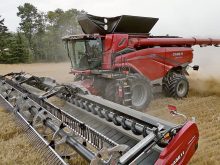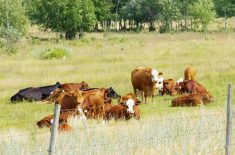Companies expanding crushing capacity say reducing fertilizer emissions will stifle canola production increases
Canada’s canola crushers aren’t backing away from the daunting canola production targets the canola industry has set itself.
In fact, it’s doubling down, hoping to see Canada produce 30 million tonnes per year by 2030 — a big jump from the unlikely seeming 2025 target of 26 million tonnes.
“We need to grow more canola in Canada to meet growing demand,” Chris Vervaet, executive director of the Canadian Oilseed Crushers Association, told canola growers at Manitoba Ag Days.
And COPA thinks 30 million tonnes is possible by boosting yields and adding millions of acres in the brown soil zone into canola’s turf.
Read Also

Agritechnica Day 3: Hybrid drive for a combine, data standards keep up to tech change and tractors of the year
Agritechnica 2025 Day 3: Hybrid drive for a combine, data standards keep up to tech change and tractors of the year.
But this bullish target won’t likely be possible without using more nitrogen fertilizer, something that places the canola industry target on a crash course with the federal government’s 30 percent total fertilizer emissions reduction target.
“We’re going to need more nitrogen if we’re going to produce more canola,” said Vervaet.
“That’s a fact. But it is feasible in our minds to reduce the emissions intensity from the use of nitrogen.”
However, even with lower per-bushel emissions, pushing canola production from 20 million tonnes per year to 30 million tonnes won’t likely be possible at the same time as reducing total emissions from canola production.
COPA’s optimistic view on canola production potential comes from a belief that long-term yield gains can begin growing again, after a five-year plateau that has seen canola production fall, and that millions of acres of brown soil can be brought into the production base.
“We have a long way to go,” acknowledged Vervaet.
However, demand is booming, with food and feed demand now competing with fuel demand from the renewable fuels industry. Massive investments in renewable diesel production have been announced across Canada and in the United States, which should more than triple biofuel demand for canola to seven million tonnes per year.
That extra demand will support a push of improved canola varieties into the brown soil zone, which has traditionally been a poor home for the crop.
“We’re not talking a three, four, five million acre expansion every year in those parts of the Prairies. It’s just not feasible,” said Vervaet.
“It’s too dry. It’s not the best climatic conditions to grow canola there. But we do think it’s possible (to add) maybe a million acres, maybe two (per year.) That’d go a long way.”
The canola industry’s focus on producing canola with fewer and fewer greenhouse gas emissions per bushel doesn’t fit well with the federal government’s target of a total reduction in GHG emissions from fertilizer of 30 percent regardless of per-bushel intensity.
The federal government wants total emissions to fall, while the biofuels industry wants to produce energy from the lowest-carbon feedstocks.
“It is about the intensity,” said Vervaet.
“It’s about making sure that that ratio works in our favour and that the intensity continues to go down. Even if we’re using more nitrogen, we might be able to start hitting the yields out of the ballpark.”
















